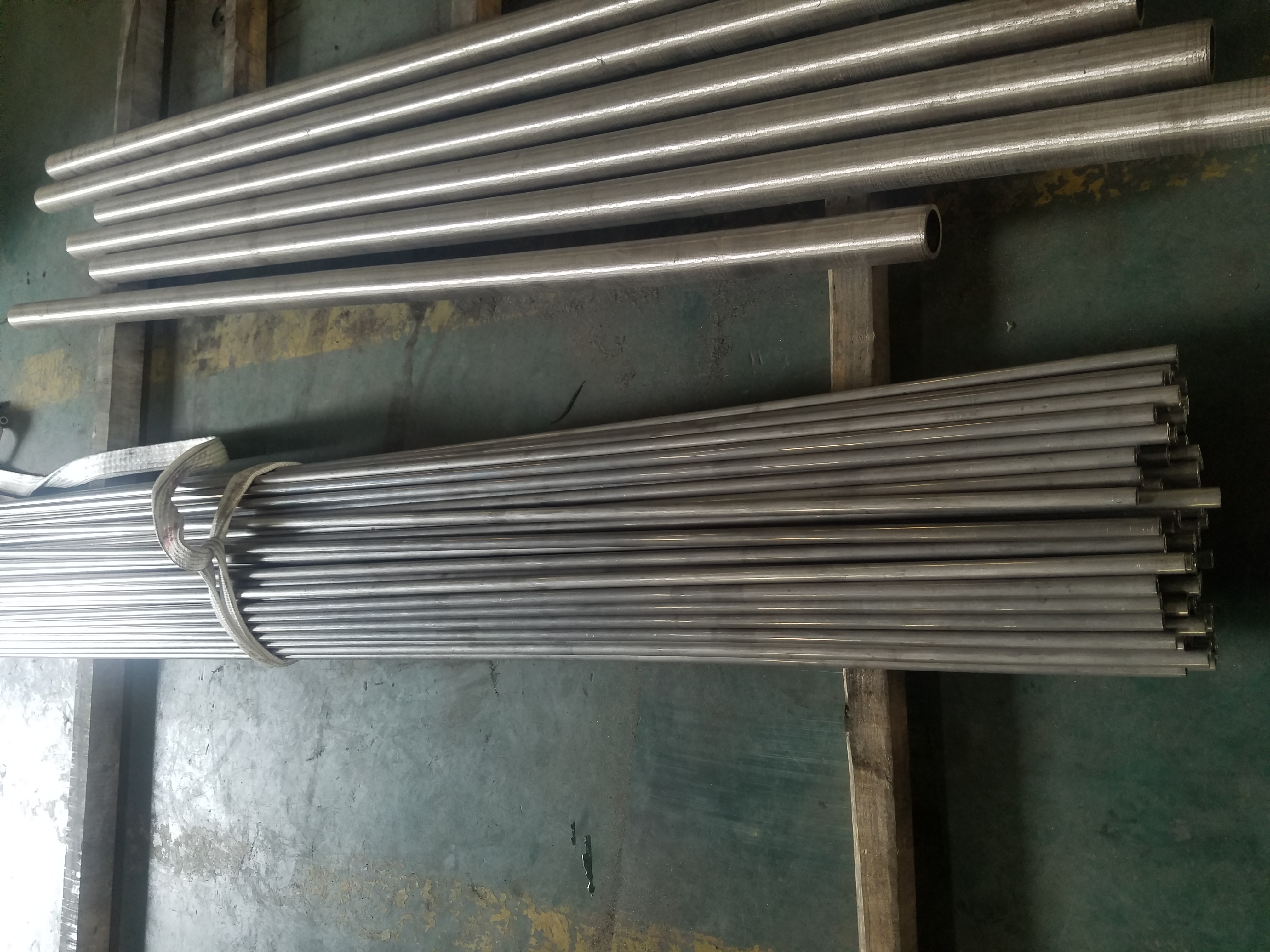Hastelloy C276, as an emerging material with excellent corrosion resistance and high temperature resistance, has broad application prospects in many fields such as chemical industry, heat exchangers, bellows compensators, flue gas desulfurization and denitrification, paper industry, aerospace applications, etc. . In order to better apply this material, this article will provide detailed information on the welding construction technology of Hastelloy C276 pipe.
## Hastelloy C276 corrosion resistance and chemical composition:
Hastelloy C276 is an emerging material with good corrosion resistance and high temperature resistance, and is resistant to corrosion by hydrochloric acid and hydrofluoric acid at all concentrations at room temperature. The main components include nickel, chromium, molybdenum, tungsten and other elements. The high content of these elements enables Hastelloy C276 to play a good corrosion resistance role in the chemical industry of various oxidizing and reducing media.
## Hastelloy C276 welding properties:
Compared with the welding of low carbon steel and stainless steel, the welding of Hastelloy C276 has similar problems to austenitic stainless steel, that is, it has higher thermal sensitivity, a higher probability of pore formation, and a tendency to produce intergranular corrosion in the welding area.
1. High sensitivity to hot cracks: Impurities on the surface of the welding wire and the material itself form an intergranular liquid film that remains in the grain boundary area during the welding process, and cracks due to shrinkage stress, thus causing cracks.
2. Porosity: The characteristics of the content distribution of alloy elements determine that the temperature gap between the solid and liquid phases of the alloy is small and the fluidity is low. Under the conditions of rapid cooling, solidification and crystallization during welding, pores are easily generated. During welding, if foreign matter such as grease, oxides, paint, etc. on the surface of the groove is not cleaned, or if the type of protective gas is inappropriate, the purity is not high, and the flow rate is inappropriate, welding pores are likely to occur.
3. Intergranular corrosion: Hastelloy C276 will precipitate δ phase and M6C at the sensitization temperature between 600°C and 1200°C for a long time, exceeding 10 minutes, resulting in intergranular corrosion.
## Hastelloy C276 pipe welding process:
1. Bevel preparation and cleaning: The pipe is cut by mechanical method, and the bevel processing is done by beveling machine or grinding wheel. All impurities such as oil and paint must be thoroughly cleaned before welding. The cleaning range is 50~100 on both sides and back of the bevel. Millimeters, including blunt edges and the inside of bevels, can be cleaned with organic solvents such as acetone or alcohol. After scrubbing, use a stainless steel wire brush to clean them.
2. Joint type: The welding joint adopts V-shaped groove (groove angle 80°±5°, blunt edge 0.5±0.5, assembly gap 1±0.5).
3. Welding parameters: It is recommended to use gas tungsten arc welding (GTAW) or gas shielded metal arc welding (GMAW). When welding, it is recommended to use DC biased positive electrode, choose pure tungsten electrode or 2% thoriated tungsten electrode. The filling material used for welding can be C276 or similar nickel-based alloy welding wire. The recommended protective gas is argon with a purity higher than 99.995% and a flow rate of 10~15 L/min.
4. Preheating and gap control: The preheating temperature is generally 100℃~200℃ to reduce the thermal sensitivity of the welding area. During the welding process, try to maintain a welding gap of 1±0.5mm to avoid the occurrence of pores.
5. Operation skills during the welding process: In order to reduce the occurrence of defects such as pores and thermal cracks, it is recommended to use short arc welding, multi-pass welding, low current, low heat input, fast welding and other methods. When welding, pay attention to fixing the welding head in the appropriate position to avoid deformation during the welding process. After welding is completed, non-destructive testing should be carried out in time to ensure welding quality.
6. Post-heat treatment: In order to eliminate the stress generated during the welding process and reduce the risk of intergranular corrosion, appropriate post-heat treatment should be performed after the welding is completed. The post-heat treatment temperature is usually between 870℃~900℃, the holding time is 1~2 hours, and then cooled.
Tianjin Anton Metal Manufacture Co., Ltd. is a company specializing in the production of various nickel-based alloys, Hastelloy alloys and high-temperature alloy materials. The company was established in 1989 with a registered capital of 10.0 million, specializing in the production and sales of alloy materials. Anton Metal’s products are widely used in aerospace, chemical industry, electric power, automobile, nuclear energy and other fields, and can also provide customized alloy material solutions according to customer needs. If you need to know the price consultation of alloy materials or provide customized alloy material solutions, please feel free to contact the sales staff.
==========================================
www.antonmetal.com
ANTON METAL| Your specialty alloys manufacturer
Email: dominic@antonmetal.com
Phone: +8613132148618(wechat/whatsapp)
Post time: Dec-21-2023











